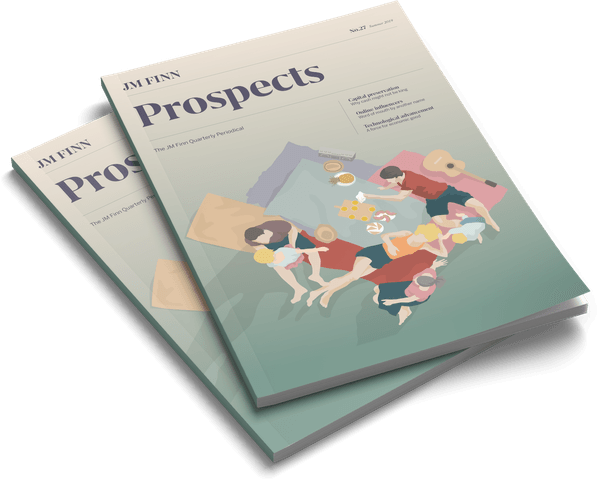Novo specialises in protein-based medicines. By product segment, revenues split into Diabetes (81%), Obesity (3%), Haemophilia (9%), Growth Disorders (6%) and Other Biopharmaceuticals (1%).
Diabetes and obesity care have been the primary drivers of growth for Novo. This is due to not only the rise of global obesity and the subsequent incidence of diabetes (which has increased from 220 million in 2005 to around 425 million currently) but also due to the inadequate treatment of the disease. Only c.6% of diabetics live a life free from diabetes-related complications, costing health organisations tens of billions of dollars each year.
Novo has also benefitted from favourable competitive dynamics within diabetes care. The number of players in the industry has remained fairly constant, with the four largest accounting for 80% of its market share. Novo is the biggest at 28%.
The barriers to entry are high for several reasons:
- Scale requirements are significant as diabetes care is a high volume, low-value product in contrast to more patented drugs which have high prices but are comparatively cheap to produce;
- Insulin is produced biologically and is impossible to precisely replicate. Copies are bio-similar, not generic. Switching to biosimilars is not easy and requires further trips to an endocrinologist and a new prescription, resulting in high switching costs which creates strong brand loyalty, even for off-patent drugs;
- Novo has an excellent track record of innovating and replacing products before they go off-patent.
This has helped Novo record an impressive performance over the past ten years with operating profit growing +14% p.a. and its share price growing by over 570%.
However, growth slowed markedly in 2016 as a number of negative factors culminated in higher than expected price erosion in the US insulin market, sending shares down c.30%. The U.S. accounts for around 47% of revenue. These included consolidation amongst Pharmacy Benefit Managers (PBMs, purchasers of drugs on behalf of healthcare insurers), the entrance of a number of biosimilars and the replacement of off-patent insulin by a next generation product (Tresiba) which was deemed only moderately more effective. As a result, organic sales growth fell from +8.4% in 2015 to a multi-decade low of +2.3% in 2017.
Diabetes and obesity care have been the primary drivers of growth for Novo.
Novo expects pricing pressure in the US insulin segment to continue and has responded by focusing attention on the GLP-1 (Glucagon-like peptide 1) segment. This class of diabetes drug has grown by +39% p.a. for the last five years and is considered highly innovative. Not only are they better than insulin at keeping blood sugar levels within the desired range for longer, but they also have the added benefit of aiding weight loss and reducing cardiovascular risk - two serious health complications which diabetics are at greater risk to. The GLP-1 market is essentially a duopoly, and is dominated by Novo and Eli Lilly. A game changer for the segment could also be the release of the first oral GLP-1 product by Novo in 2020/2021. GLP-1 products are currently injected which is considered undesirable by most diabetics. With two-thirds of diabetics taking oral anti-diabetic drugs (OADs), the opportunity for Novo is potentially large.
The flipside to this is that GLP-1 products are expected to drive c.70% of revenue growth over the next five years and are the most expensive diabetes treatment class. Novo argues the dynamics are different, but the concern for some investors is that the extent of price declines which occurred in the US insulin market in 2016 will occur in the GLP-1 segment when Novo’s first GLP-1 product (Victoza) loses its patent in 2023. Additionally, if Novo wants to capture more of the diabetes care market with its oral GLP-1 product it will potentially have to offer larger discounts than expected to ensure wider take-up.
Pricing uncertainty is amplified by the intensifying political pressure in the US around healthcare costs. The majority of the US healthcare system is paid for via insurance plans in a complex and opaque system where rebates (i.e. discounts) are provided by drug manufacturers, such as Novo, to PBMs for selecting their products, and are supposed to flow through to the end patient. This has however not been happening correctly, with some patients finding that they have to pay the full-list price upon purchase. Ongoing talks in Congress are seeking to determine who is exactly at fault for the predicament in the rebate system, which could have a significant impact on how Novo negotiates pricing.
Novo continues to benefit from the increasing global demand for its diabetes products, but a big unknown for the business remains around the future of its pricing.




